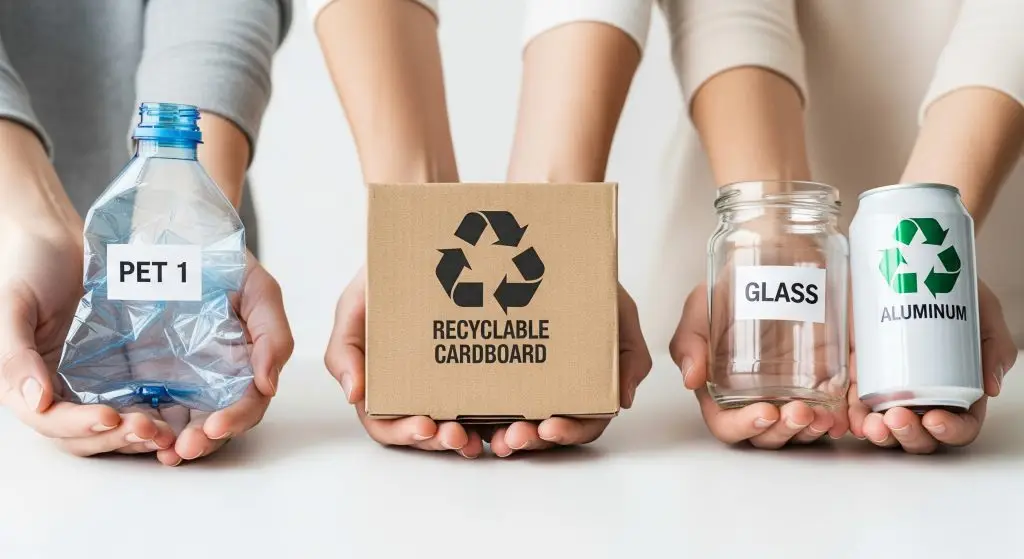- BusinessLifestyle
- August 16, 2025
- 289
- 10 minutes read
The Green Revolution: How Conscious Consumerism is Reshaping Our World

The global marketplace is undergoing a profound transformation. For decades, consumer behavior was driven by a simple equation: price, convenience, and brand loyalty. But a new, powerful variable has entered the mix, one that is not measured in dollars but in a deeper, more meaningful currency: sustainability. What was once a fringe movement championed by a few has now gone mainstream, with millions of consumers actively seeking out products and services that align with their ethical and environmental values. This is not just a passing trend; it is a fundamental shift that is redefining how businesses operate, how brands are built, and ultimately, how we shape our collective future.
The rise of the conscious consumer is a direct response to a world grappling with urgent challenges, from climate change and resource depletion to social inequality. People are no longer content with being passive buyers; they are becoming active agents of change, using their purchasing power to signal what they believe in. This article delves into the forces driving this green revolution, the businesses that are leading the charge, and the practical steps everyone can take to make a difference.
Table of Contents
The Why Behind the Green Shift: A Perfect Storm of Awareness
The pivot towards sustainable consumption didn’t happen overnight. It is the result of a confluence of factors that have elevated environmental and social issues to the forefront of public consciousness.
Generational Values
Millennials and Gen Z are the most environmentally aware generations to date. Having grown up with constant exposure to climate change reports, recycling campaigns, and documentaries on resource exploitation, they view sustainability not as a luxury but as a non-negotiable part of their identity. Research by brands like Nielsen and Deloitte has repeatedly shown that these younger consumers are willing to pay more for sustainable products and are more likely to support brands that demonstrate a strong commitment to ethical practices.
Information at Our Fingertips
The internet and social media have been powerful catalysts. Consumers can now instantly research a company’s supply chain, read reviews on its labor practices, and share their findings with a global audience. This radical transparency holds brands accountable in a way that was previously impossible. A single viral video or social media post can expose unethical behavior, leading to swift consumer backlash and a significant hit to a brand’s reputation.
Quote: “The biggest driver of the green shift is not regulation or economic incentives—it’s the consumer with a smartphone. The ability to verify a brand’s claims in real-time has fundamentally changed the power dynamic between companies and their customers.” — Dr. Elena Rodriguez, Environmental Sociologist
The Pandemic's Influence
The COVID-19 pandemic further accelerated this trend. Lockdowns and a heightened focus on health prompted many to reflect on their consumption habits and their connection to the environment. The disruptions to global supply chains also highlighted their fragility, causing people to favor local, sustainable, and resilient businesses.
From Niche to Mainstream: The New Consumer Mindset
The shift to conscious consumerism has moved from a niche market to a global economic force. Major corporations that were once slow to change are now scrambling to adapt, not just to appear socially responsible but because it is a necessity for survival.

The change is visible on store shelves and in advertising campaigns. Brands that once advertised on price or convenience are now highlighting their use of recycled materials, their carbon-neutral shipping, or their fair-trade sourcing. The market for ethical and sustainable goods has expanded to include everything from fashion and food to home goods and technology.
This consumer mindset is forcing brands to redefine what “value” means. Value is no longer just about the product itself, but about the story behind it. Consumers want to know:
Where did this product come from?
Who made it and were they paid a fair wage?
What is its environmental impact?
What happens to it at the end of its life?
This increased scrutiny is pushing companies to adopt circular economy principles, which focus on eliminating waste and the continual use of resources. This involves designing products that can be easily repaired, reused, or recycled, a stark contrast to the traditional “take-make-dispose” model.
The Role of Businesses: Beyond Corporate Social Responsibility
For a long time, companies viewed their environmental and social initiatives as a separate department—a “corporate social responsibility” (CSR) project. Today, leading businesses are integrating sustainability into the very core of their operations.

This is a move from mere public relations to genuine, systemic change.
Supply Chain Transparency: Companies are now mapping their supply chains to ensure ethical and sustainable practices from the source. For example, a fashion brand might audit its cotton suppliers to ensure they are not using child labor and are using water-efficient farming methods.
Innovation in Materials: Companies are investing heavily in research and development to find innovative, eco-friendly materials. This includes everything from packaging made of mushroom fibers to clothing woven from recycled plastic bottles.
The Rise of B-Corps: An increasing number of companies are seeking B Corp certification, a designation that validates that a business meets high standards of social and environmental performance, accountability, and transparency. This provides consumers with a trusted signal that a company is committed to more than just profit.
Quote: “Our commitment to sustainability isn’t a marketing gimmick; it’s an operational imperative. We’ve found that our most innovative solutions for efficiency and cost-saving have come directly from our efforts to reduce waste and improve our environmental footprint.” — Jane Chen, CEO of a sustainable packaging company
A Practical Guide to Sustainable Living
Making a difference doesn’t require a complete lifestyle overhaul. The power of conscious consumerism lies in making small, intentional changes that, when combined, create a significant impact.

Shop with Intention: Before you buy, ask yourself if you truly need it. Prioritize quality over quantity and support brands that are transparent about their sourcing and production.
Embrace the Circular Economy:
Repair, Don’t Replace: Before throwing something away, see if it can be fixed. Many companies now offer repair services or provide parts for a longer product lifespan.
Buy Used: The “used” market for clothes, furniture, and electronics is booming. Buying second-hand is one of the most effective ways to reduce your environmental footprint.
Recycle Properly: Familiarize yourself with your local recycling rules. Contaminating recycling streams with non-recyclable items can ruin an entire batch.
Reduce Your Consumption: The most sustainable product is the one you don’t buy. Look for ways to reduce your consumption of single-use plastics and other disposable items.
Demand Change: Use your voice and your dollar to support brands that are doing the right thing. Leave positive reviews for eco-friendly companies and let your favorite brands know that sustainability matters to you.
The Road Ahead: A New Standard
The conscious consumer is no longer an outlier; they are setting the new standard for business success. Companies that fail to adapt will find themselves left behind, while those that embrace sustainability as a core value will build deeper connections with their customers and create more resilient, future-proof businesses.
This movement is a powerful reminder that every choice we make has a ripple effect. By voting with our wallets and holding brands accountable, we are not just shopping; we are actively participating in the creation of a more equitable and sustainable world for generations to come.


